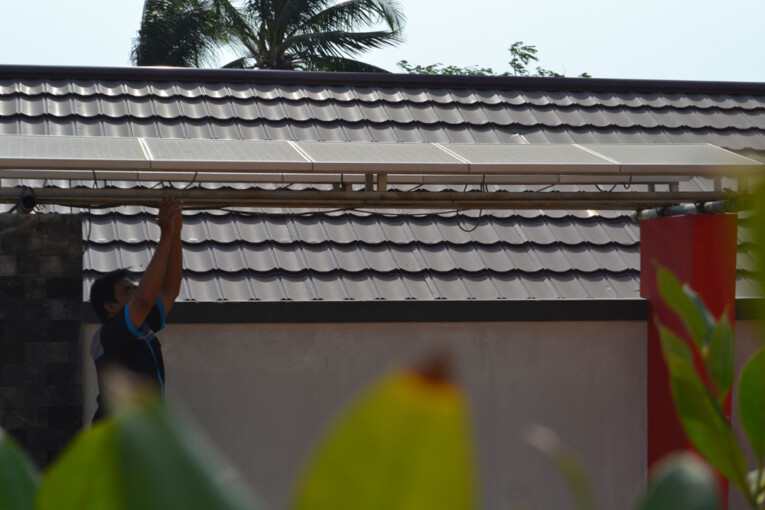
“Eight units of solar panels are used for Solar Home System while four others for Solar Water Pumping System (SWPS),” said a member of Solar Power Programme of the Centre for Energy Studies UGM, Irawan Eko Prabowo, in Karimunjawa sub-district, Jepara regency, Central Java, on Saturday (17/10).
According to Irawan, the solar panels had been installed since year 2014 in some public areas in Karimunjawa, including community health centre, school, local government office, and place of worship.
The installation of solar panels in Karimunjawa is an effort to support power supplies in the area as the supplies are very limited there. To meet the need of power, residents use diesel power that are operating at nights.
“Diesel generators need high solar energy to operate while the supplies are very limited and costly. Therefore, we developed this solar power generator for this area due to the abundant solar energy potential here,” he said.
The potential in Karimunjawa can be collected up to 4.5 hours per day and the 12 panels can produce up to 6,400 Watts peak.
“Hence, an amount of 28,8 kWh of power can be generated daily,” he said.
The solar power is expected to be able to supply power energy for the local people as well as to support tourism in the islands.
“We hope the solar panel installation will support tourism sector of the Karimunjawa islands,” he said.
The local people welcome the solar panel installation. Patto Parwansyah, who heads the seaweed agri-business department of the local vocational school SMKN 1 Karimunjawa said the solar panel had greatly helped him in doing school administrative works.
“Before the solar panels, we did the school administration at night when the diesel was working,” he said.
The local people can only make use of electricity at nights between 18.00-06.00 hours that is supplied from six diesel power generators located in five villages.
Patto expected the increase in solar capacities that can generate more office equipments to support student learning activities. Currently, the solar panels in the school can only generate six laptops and two printers.
“We hope in the future the capacities will be increased in order that we can operate more equipments,” he said.

